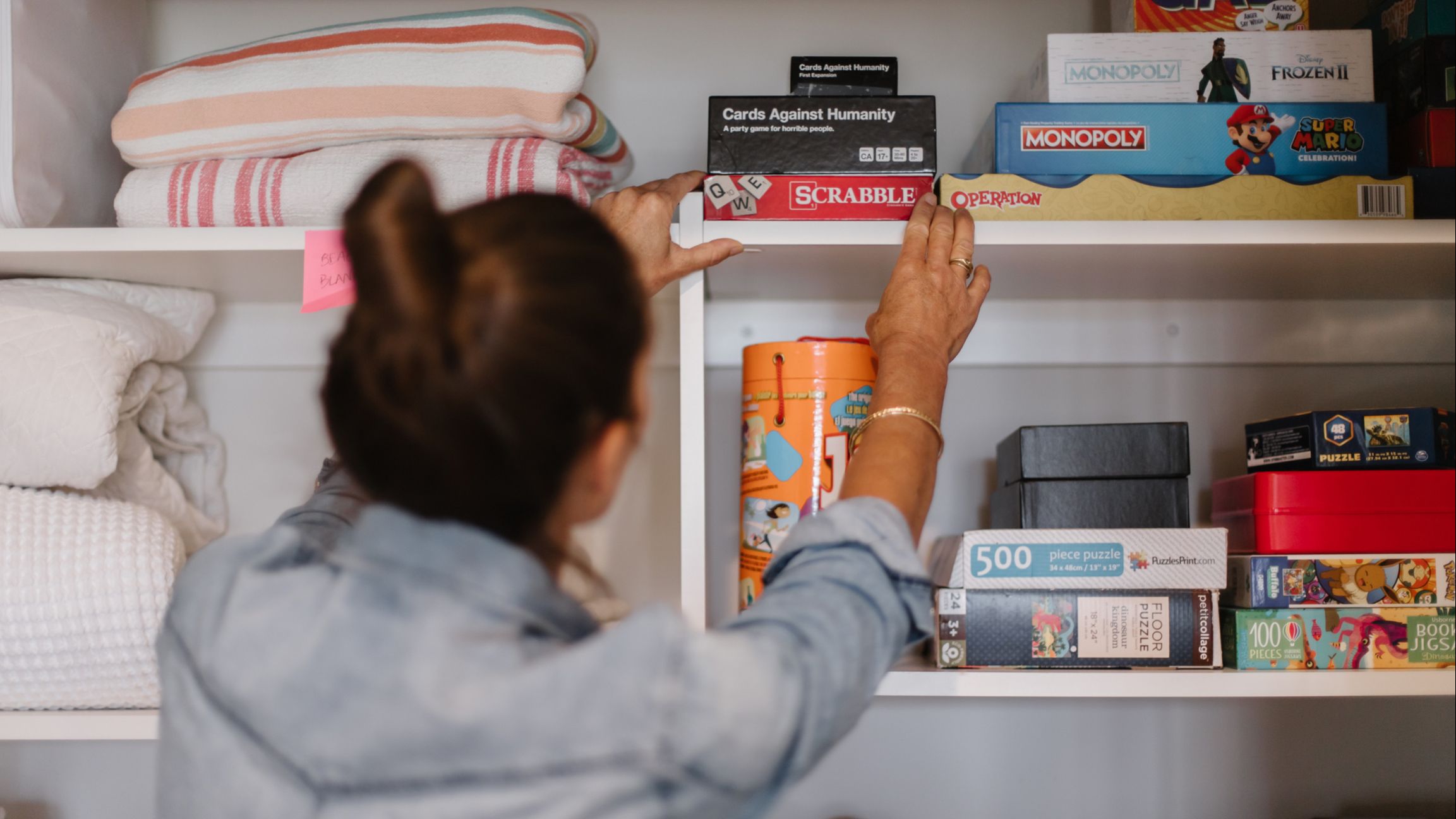
Preserving Sentimental Keepsakes: Finding Balance in a Clutter-Free Home
Jul 01, 2023When it comes to holding onto your children's art, toys, clothes, and keepsakes, it's important to find a balance between preserving meaningful items and avoiding excessive clutter. Whether you're a new parent or have older children, here are 10 guidelines to consider:
- Start with an organized approach: As new parents, it's essential to develop an organized system for storing your children's items from the beginning. This will make it easier to sort through things later on.
- Determine what truly holds sentimental value: As your child grows, they will create a lot of artwork, accumulate toys, and outgrow clothes. It's important to identify the items that truly hold sentimental value for you and your child. Consider the pieces that evoke strong memories or represent significant milestones.
- Be selective and organize: Instead of keeping everything, be selective in what you choose to hold onto. Keepsakes are not being enjoyed in a box sitting in your basement. Keep them framed or somewhere where you can enjoy them. This will help you keep track of what you have and prevent unnecessary accumulation.
- Let your kids decide: When your children are older, involve them in the decision-making process. Give them the opportunity to decide what items are important to them and what they would like to keep. Respect their feelings and give them agency over their belongings. This teaches them the value of making choices and helps avoid burdening them with items they don't want in the future.
- Always ask for permission: Before giving any of your possessions to your children, ask them if they would like to have them. Respect their decision if they decline. Avoid overwhelming your children with items they may not want or need. Be selective and thoughtful in what you offer.
- Consider the purpose: Reflect on why you are giving these items to your children. Is it truly for their benefit, or is it more for your own sentimental attachment? Be honest with yourself. By giving something to your children, you unintentionally assign it importance. If they don't know how to get rid of it later, they may feel burdened by the item.
- Involve your child in the decision-making process: Effective communication is key. Talk openly with your children about the items you want to pass on. Explain your intentions, but emphasize that they have the final say.
- Digitize artwork and sentimental items: In the digital age, consider digitizing your child's artwork, special notes, or other sentimental items. Take photographs or scan them to create a digital archive that takes up less physical space while still preserving the memories.
- Don't assume importance: Remember not to guilt-trip your child into accepting things they don't want or need. Each person has their own attachment to objects, and it's crucial to honor their preferences.
- Share memories through storytelling: If you have sentimental items that your child doesn't want to keep, consider sharing stories and memories associated with those items. You can pass down the sentimental value through storytelling, allowing your child to understand the significance without feeling obligated to keep the physical object.
Remember, the goal is to strike a balance between preserving meaningful items and avoiding unnecessary clutter. By involving your child in the decision-making process and respecting their choices, you can create a thoughtful approach to keepsakes that honors both your memories and their autonomy.























